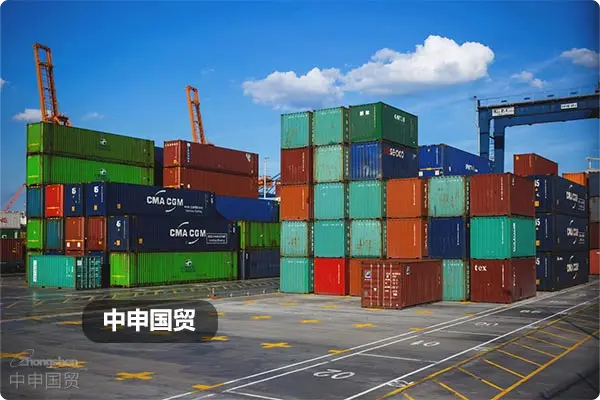- Shanghai Zhongshen International Trade Co., Ltd. - Two decades of trade agency expertise.
- Service Hotline: 139 1787 2118

EquipmentImport RepresentationCore value proposition of fees
According to the latest 2025 Accounting Standards for Business Enterprises No. 4 - Fixed Assets, import equipment agency fees belong tonecessary expenditures before the asset reaches its intended usable state. Specifically including:Professional customs declaration service fees
- Transportation insurance coordination fees
- Customs classification dispute resolution fees
- Technical document translation and certification fees
- The financial balance between capitalization and expensing
Case comparisons show (amount unit: 10,000 yuan):
Calculation formula: Tax rebate amount = (Invoice amount × Tax rebate rate) - Agent service feeEquipment ImportsCapitalization treatment group
- First-year depreciation deduction: 42.6
- Five-year cumulative tax savings: 118.4
- Expensing treatment group
- Current year pre-tax deduction: 80
- Working capital turnover rate improvement: 15%
- Key impacts of 2025 customs new policies
Based on the requirements of General Administration of Customs Announcement No. 198:
Royalty fees require separate declaration
- Related-party transaction agency fees require pricing basis
- Service fee proportion exceeding 15% triggers price inquiries
- Four implementation steps for compliant operations
Contract splitting techniques
- Contract splitting technologySeparate equipment entity from value-added service terms
- Cost aggregation systemEstablish mapping table between HS codes and accounting subjects
- Voucher management mechanismPreserve original bargaining records and payment vouchers
- Dynamic evaluation modelCalculate tax burden differences between processing solutions quarterly
Common pitfalls and countermeasures
- Myth 1Full amount included in equipment original value
Solution: Split transportation and customs clearance costs based on service substance
- Myth 2Simple allocation by expense proportion
Solution: Apply activity-based costing to track specific service segments
Industry best practice cases
A semiconductor equipment import project achieved throughDeferred capitalizationImplementation plan:
- Initial expensing to reduce income tax base
- Capitalization during debugging phase to extend depreciation period
- Overall tax saving effect increased by 23%
Through systematic cost processing solutions, enterprises can not only meet customs supervision requirements but also achieve dual optimization of capital utilization efficiency and tax benefits. It is recommended to establish cross-departmental collaboration mechanisms, integrate financial, procurement, and customs data flows, and form a dynamic cost management closed loop.
Related Recommendations
? 2025. All Rights Reserved. Shanghai ICP No. 2023007705-2  PSB Record: Shanghai No.31011502009912
PSB Record: Shanghai No.31011502009912










